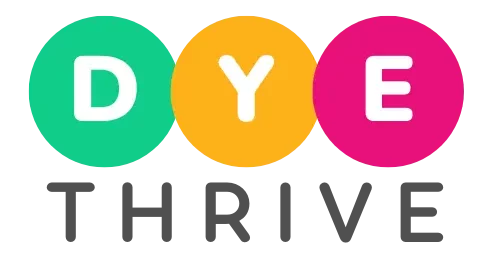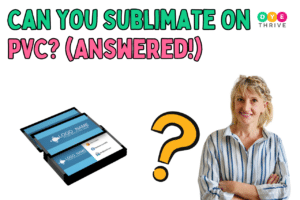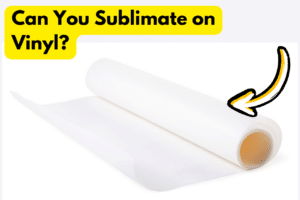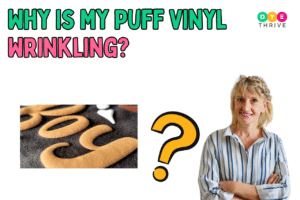Sublimation printing and Cricut infusible ink allow crafters, hobbyists, and small business owners to customize fabrics, mugs, tiles, and other items with vibrant, permanent designs.
But despite some similarities in the end product, sublimation, and infusible ink have key differences in their processes, results, applications, startup costs, and more.
In this comprehensive guide, we will explain what sublimation and infusible ink are, the differences between the both, and the tips for choosing the right option for your needs and projects.
So, keep reading!
You May Also Like:
- Sublimation vs Vinyl: Choosing the Right Printing Method
- 5 Best Shirts For Sublimation (My Personal Fav !)
- Can You Sublimate On Cardstock? (Yes You Can But….)
- What Printers Can Be Used For Sublimation? (8 Picks!)
What is Sublimation Printing?
Sublimation printing is a digital printing technology that allows designs, photos, and graphics to be permanently infused into polyester fabrics, polymers, and specially coated substrates.
It produces highly vibrant, photorealistic prints that bond directly with the material at the molecular level.
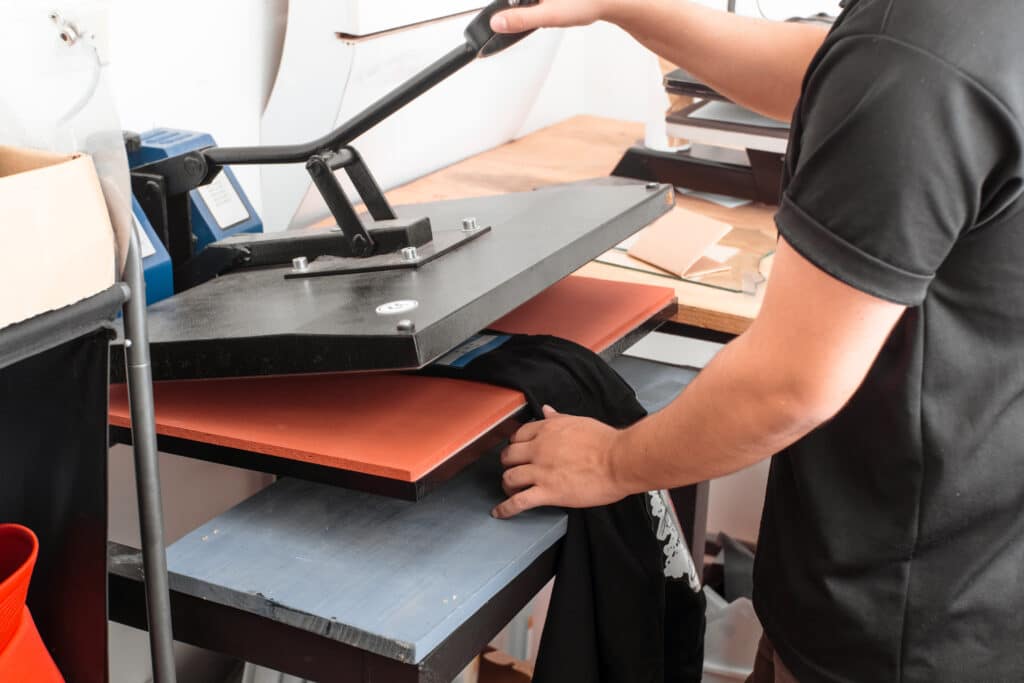
Here is an overview of how sublimation printing works:
What is Cricut Infusible Ink?
Infusible ink is Cricut’s version of sublimation printing that allows you to create embedded, permanent prints without investing in a commercial sublimation printer. It offers the look and feel of sublimation in an at-home craft product.

Here is an overview of how Cricut infusible ink works:
Sublimation vs Infusible Ink: What’s the Difference?
While sublimation and infusible ink both offer permanent, customized prints, there are some notable differences between these two techniques that are important to understand:
1. Printing Method
- Sublimation requires printing your designs first using a professional sublimation printer, sublimation inks, and transfer paper. This allows for complete customization of designs but requires investment in a good-quality printer.
- The ink is pre-printed onto Cricut’s proprietary sheets which are cut using a home cutting machine like the Cricut Maker. No sublimation printer is needed, but you can only use Cricut’s pre-made color/pattern options.
2. Design Options
- One of sublimation’s biggest advantages is the ability to print unlimited custom designs in full color. Anything you can print can be sublimated, including photos, complex graphics, layered designs, and more.
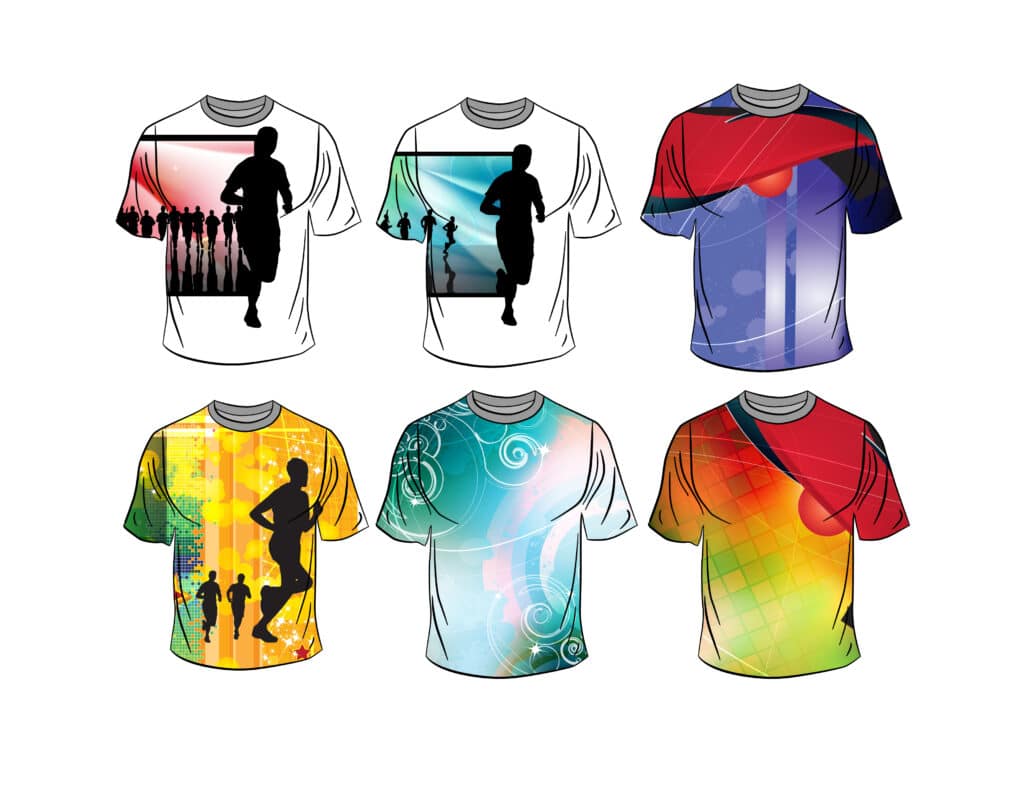
- Infusible ink severely limits design options to only what is available pre-printed on Cricut’s sheets. There are some solid colors and patterns to choose from, but no ability to print custom graphics, layered designs, or detailed photographic images.
3. Print Quality
- Sublimation produces incredibly vibrant, photorealistic prints thanks to its specialized inks, high DPI printers, and ability to print rich, complex designs in layers. Crisp details can be printed with precision.
- While infusible ink prints have good color vibrancy, they cannot match the photorealism, crispness, and clarity of sublimated prints. The solid sheets of color limit the depth and detail of the designs.
4. Startup Costs
- Sublimation carries higher startup costs, usually $200+ minimum for an entry-level printer. Ongoing costs for paper and ink are very affordable though, bringing the per-print cost down over time.
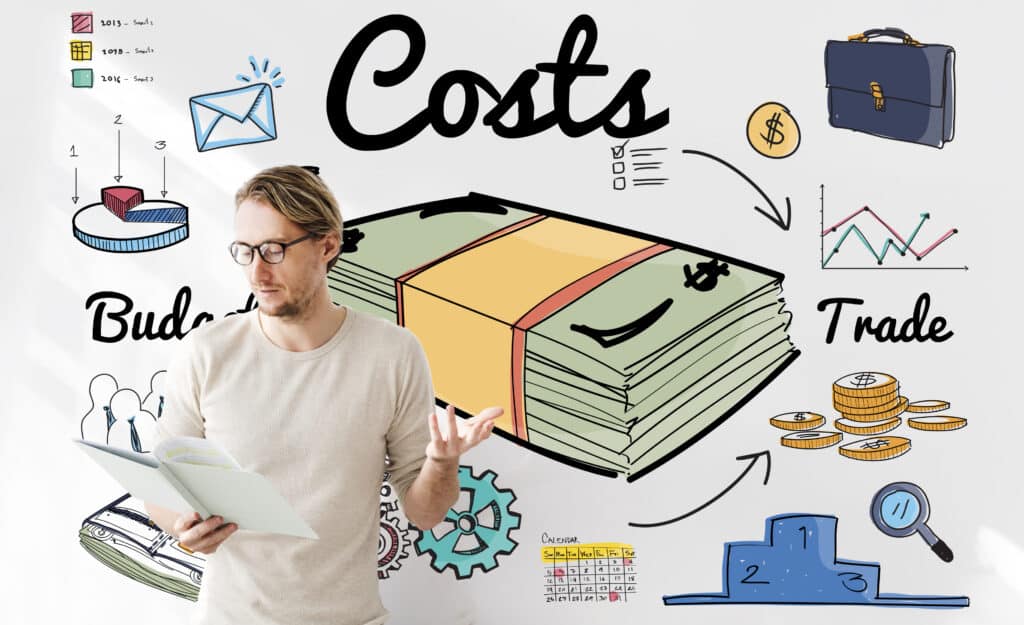
- Infusible ink has a lower startup cost since it only requires a Cricut machine and materials. But the proprietary sheets mean you are locked into higher ongoing print costs versus sublimation blanks.
5. Learning Curve
- Sublimation has a much steeper learning curve. You must learn color management, printer profiles, graphic settings, heat press settings, etc. to get good results.
- Infusible ink is extremely beginner-friendly. There is no complex printing or coloring involved – just simple cutting and heat pressing. The barrier to entry is much lower.
6. Print Size
- Sublimation printers allow much larger print sizes, like 16×20″ or bigger. This accommodates large murals, banners, etc. Infusible ink maxes out at the Cricut machine size.

- Infusible ink print size is limited to the cut area of Cricut machines, so usually no larger than 12″ x 24″. Great for shirts and small goods but not big projects.
7. Material Limitations
- Both techniques can only be used on polyester or polymer-coated materials. 100% cotton and other natural fabrics do not work. The material limitations are similar.
- Special sprays and coatings can expand sublimation to more materials like wood, acrylics, metals, etc. Infusible ink relies solely on Cricut’s sheets.
How to Choose Between Sublimation and Infusible Ink
Deciding whether sublimation or Cricut’s infusible ink is the right choice for your needs depends on several factors:
1. Your printing goals
For professional, photorealistic results with unlimited customization, sublimation is a clear choice. Its specialized inks and high-resolution prints cannot be matched by infusible ink.
If you only need simple designs in solid colors and patterns, infusible ink may provide enough print quality while being easier to learn.
2. Startup costs
Sublimation requires an initial investment in a printer and accessories ($200+ minimum). Ongoing material costs are lower though.
Infusible ink needs a Cricut machine ($100+) but no other major equipment. However, proprietary ink sheets raise long-term costs.
3. Convenience and portability
Sublimation involves printing computer graphics, so it is less convenient than infusible ink’s standalone process. However, sublimation printers are still portable.

Infusible ink allows crafting anywhere just using a Cricut machine. No print setup is required. Very convenient but limited designs.
4. Learning curve
Sublimation has a steep learning curve. You must master printer profiles, graphic settings, presses, etc.
Infusible ink is extremely beginner-friendly. Just cut and press. The only knowledge needed is Cricut machine operation.
5. Ongoing costs
Once the sublimation printer is purchased, additional prints only require inexpensive blank substrates. Long-term costs are low per print.
Infusible ink sheets are proprietary and sold in set quantities. The ongoing cost per print remains higher than sublimation blanks.
6. Print customization
Sublimation allows for complete customization and unlimited designs within the printer’s capabilities.

Infusible ink relies on Cricut’s pre-made sheets, limiting you to those color/pattern options only.
7. Project types and sizes
Sublimation can accommodate large murals, banners, etc. thanks to larger printer sizes. Better for wide formats.
Infusible ink is limited to the maximum cut size of Cricut machines, usually 12″ x 24″. Better for smaller goods.
Evaluate your specific needs in these areas above. For most hobby crafters doing occasional prints, Cricut infusible ink is the easier starting point.
For frequent printing or unmatchable quality and customization, investing in sublimation is worth the effort and startup costs.
Frequently Asked Questions
Below are a few frequently asked questions:
Can you sublimate with Cricut infusible ink?
Yes, infusible ink is essentially Cricut’s version of sublimation printing that doesn’t require a special printer. The end result of a permanent, embedded print is the same.
Which is better sublimation or infusible ink?
There is no definitive “better” option. Sublimation offers superior print quality and customization.
But infusible ink is easier to learn and more affordable to start. Choose based on your specific needs.
Do you need a heat press for infusible ink?
Yes, a heat press is required to transfer infusible ink. A temperature of 400°F+ applied for 30-60 seconds is ideal.
Cricut’s EasyPress can work, but bigger projects may require a full heat press.
Wrapping Up
In summary, sublimation and Cricut infusible ink both offer permanent, embedded prints onto polyester fabrics and coated substrates.
Sublimation provides exceptional vibrancy and customization but has a higher learning curve. Infusible ink is limited to Cricut’s designs but extremely beginner-friendly.
Carefully consider your needs, budget, and project goals when deciding between sublimation or infusible ink. Either option allows you to create beautiful customized prints and products.
